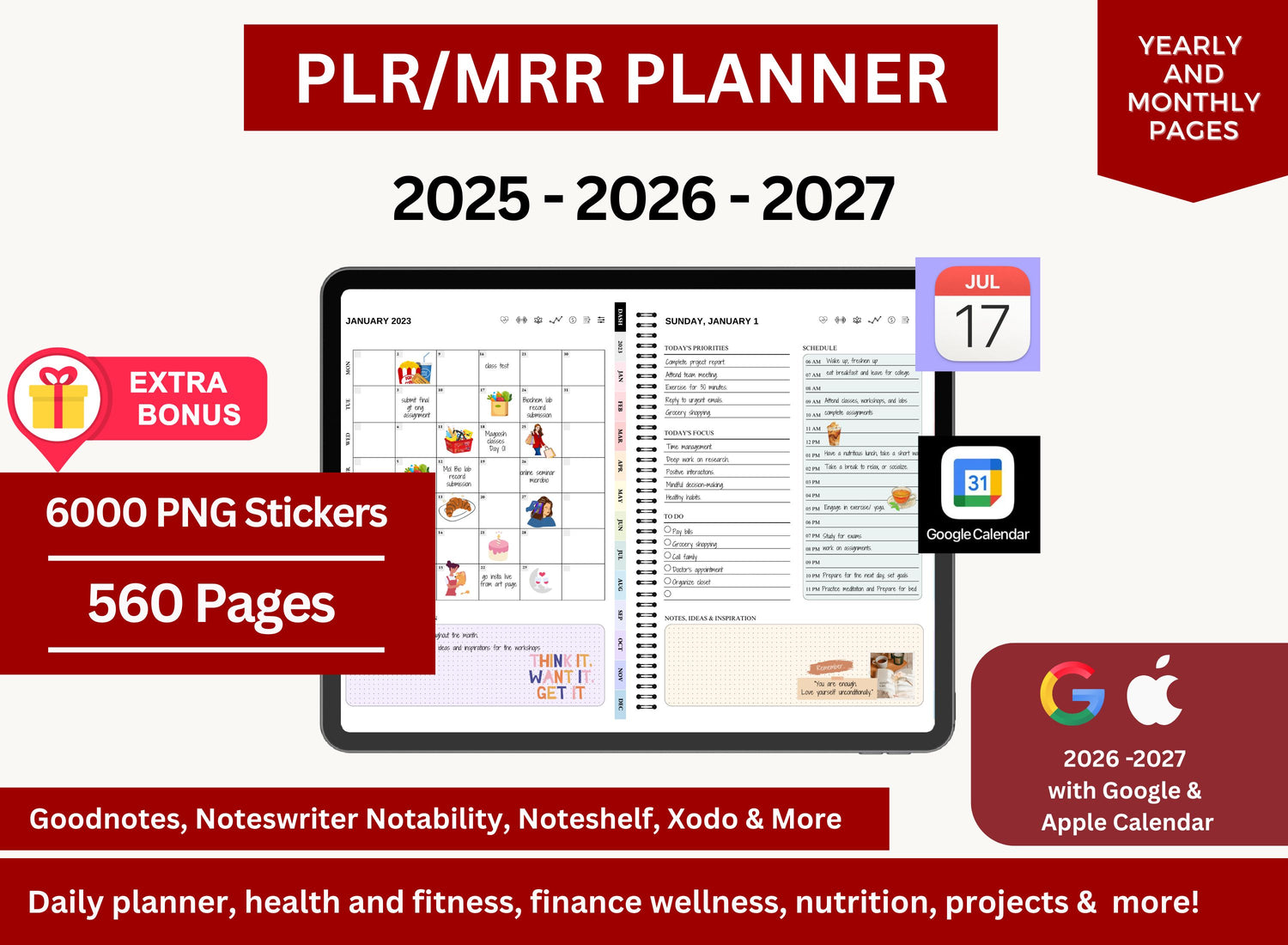MoSCoW with Sliders for Project Management Excel Template
One of the popular project management instruments is called the MoSCoW method; it is a strategy focused on placing strict importance in identifying the needs of a project between the project team and outside collaborators. MoSCoW is an acronym and it stands for:
✮ M: Must have
✮ S: Should have
✮ C: Could have
✮ W: Won’t have
This method is commonly used to categorize different project items according to their relevance to the project's success. While the MoSCoW technique is simple, the use of sliders offers a degree of flexibility by allowing teams to visibly change and prioritize needs dynamically. MoSCoW with sliders allows teams to prioritize work in a more dynamic and visible way, making the process of deciding what to focus on more natural and fluid.
This article will cover what a MoSCoW with Sliders spreadsheet with other project management templates is, how it works in collaboration with project management, and how to implement it to different project types utilizing server-based applications like Google Sheets, Excel, etc..

📊What Does a MoSCoW Analysis Template Contain?📊
A MoSCoW with Sliders template typically features the following elements:
☆ Priority Categories: The template is organized into four categories: “Must Have”, “Should Have”, “Could Have”, and “Will Not Have”. The four categories pertain to the priority level of an action item or a service or product feature.
☆ Slider Functionality: The slider functionality provides the user a level of flexibility in changing the relevancy or priority of the action item. A slider allows a dynamic range in expressing a certain change in the amount of the item’s importance.
☆ Task Descriptions: Each activity or feature has a brief explanation to help illustrate its context and purpose. This ensures that the team knows the aim of each item.
☆ Estimated Effort: This pertains to time, resources, etc. that need to be planned before the execution of the project. It ensures that the amount of efforts poured into the project are balanced and are distributed by priority level.
☆ Impact Rating: This section offers a numerical number or rating to the possible outcome of accomplishing each job. Tasks that are crucial to project success will receive a higher impact rating.
☆ Responsibility Allocation: Each task is given to a certain team member or stakeholder. This guarantees responsibility and assists in tracking work completion.
☆ Progress Tracking: With integrated tracking capabilities, you can keep track of the status of each work. This might be represented by checkboxes, status indicators, or simple color codes indicating progress stages.
☆ Comments/Notes Section: A place to put notes or remarks that might assist clarify specific task specifics or changes made throughout the prioritizing process.
The MoSCoW with sliders template with other project management templates allows project teams to build an easily accessible and editable list of activities, priorities ranking, and resource management. Server-based applications like MS Excel, Google Sheets, and Google Workspace are the most efficient media in which to use templates because of how easy it is to create and share them with different people—increasing collaboration and communication between members.
💡Benefits of Using MoSCoW Method in Project Management💡
★ Enhanced Prioritization ★
MoSCoW with sliders enables teams to modify the priority of tasks as projects progress with profound specificity. This also allows you to prioritize action items and avoid too many delays due to non-necessary tasks.
★ Clear Communication ★
This can be a conduit for clear and concise transmission of information through visualization of priorities—ensuring that members are aligned on what action items must be done immediately, and which can be done later.
★ Flexible and Adaptable ★
The difference between MoSCoW with sliders with other project management templates and the usual fixed approaches to task prioritization is the option for sliders; this is because sliders enable a specificity in terms of ranking—allowing adjustments in priority level through a change in data or conditions.
★ Resource Optimization ★
Through the ranking of tasks or activities, the team is able to manage their resources optimally. This way resources like money, labor, or time are not wasted on low-level priority tasks and that the core action items are immediately given attention to.
★ Visualization of Impact ★
The ability to dynamically modify priority makes it easier to analyze the influence of each work on the project, allowing you to make more informed decisions about where to focus your efforts.
🧮How MoSCoW Prioritization Can Be Used in Project Management🧮
MoSCoW with sliders can be seamlessly integrated into project management workflows. Here are a different ways this template can be implemented and corroborated with:
☆ Project Planning and Scheduling: During the planning of a project, this template can be used to rank the priority level of the given action items, quickly identifying which tasks are core tasks. Because of the quick identification, scheduling of deadlines and management of resources follow to make sure that these core tasks are done on time and efficiently.
☆ Agile Project Management: Because MoSCoW analysis focuses on task prioritization, this is the ideal approach when teams need a quick and effective way in project management (i.e., teams that use iterative project cycles) as it can be used during sprint planning sessions.
☆ Risk Management: Sliders allow project teams to continually shift priorities when new hazards arise or the project scope changes. This allows for the team to think of solutions and preventative measures in line with the identified risks.
☆ Stakeholder Management: This type of approach gives stakeholders an idea of what the project is about and where the project is leading to through the visualization of project priorities—making sure communication is clear and easily understood so that there will be no delays between execution and the decision-makers of the project.
👉 Click here to get MoSCoW with Sliders Templates with other Project Management Templates at limited time DISCOUNTED PRICES
📱MoSCoW with Sliders Template in Google Sheets and Excel💻
One of the primary advantages of MoSCoW with Sliders is its compatibility with Google Sheets and Excel. Both platforms provide robust capabilities for creating a MoSCoW with Sliders spreadsheet. Here’s how:
☆ MoSCoW with Sliders Excel ☆
⤷ Excel offers more advanced options for constructing dynamic MoSCoW templates with sliders. You may use Excel's Form Controls to create sliders that allow users to change the priority dynamically.
⤷ Excel also supports conditional formatting, which allows users to graphically communicate priority levels through color coding or other indicators.
⤷ Integrating project management capabilities in Excel, such as a project management tracker or project management spreadsheet, is simple thanks to the usage of formulae and pivot tables to track progress.
☆ MoSCoW with Sliders Google Sheets ☆
⤷ Google Sheets uses server-based technology to facilitate collaboration. Teams can see and change the MoSCoW with Sliders spreadsheet in real time.
⤷ You may use Google Apps Script to automate certain aspects of the MoSCoW with Sliders template, such as automatically modifying work priority depending on feedback from other team members.
⤷ Additionally, Google Sheets interfaces nicely with Google Workspace, allowing the use of additional project management tools to improve the success of the MoSCoW strategy.
📝Frequently Asked Questions About MoSCoW with Sliders Tracker📝
1. What is the MoSCoW analysis or concept?
╰┈➤ˎˊ˗ MoSCoW is a strategic approach in project management focused on task prioritization and resource allocation. Action items are ranked based on their necessity to the particular project; usually, this is used to inform members and other collaborators what the priority levels are of each task. The addition of sliders gives the option of specificity pertaining to their priority levels.
2. What is MoSCoW analysis in project management?
╰┈➤ˎˊ˗ MoSCoW method with other project management templates is a prioritization technique used in project management to rank project needs according to their relevance. It stands for "Must have, Should have, Could have, and Won't have." This strategy enables teams to focus on crucial elements, ensuring that essential needs are addressed while managing constraints such as time and resources.
3. Can I use MoSCoW with Sliders for Agile projects?
╰┈➤ˎˊ˗ Yes, in actuality, the MoSCoW approach is ideal for Agile projects. Due to the specificity the sliders bring and the simplicity of the approach as a whole, this is the perfect method of task prioritization for sprint planning and during the project cycle’s execution.
4. Can I customize a MoSCoW with Sliders template?
╰┈➤ˎˊ˗ Yes, MoSCoW with sliders templates can be fully customized. Depending on the application you use to access the template in, it allows you to modify and access the document through internet access. Modifying includes, adding or removing certain sections of the template, changing the typeface, or even updating the sliders when something significant occurs. Changes can be made to fit the needs your team has involving the project.
5. How to use the MoSCoW method?
╰┈➤ˎˊ˗ To apply the MoSCoW method, begin by defining all project needs and categorizing them into four categories: must have (vital for success), should have (important but not critical), could have (desirable but not necessary), and won't have (not required in the current phase or project).
6. What are the benefits of using MoSCoW with Sliders in project management?
╰┈➤ˎˊ˗ There are many advantages to using MoSCoW as a whole when it comes to managing a project. Not only is it simple to use and understand, resulting in quick planning, it also helps in task prioritization that will then lead to informed judgment regarding the project. It is also because of the priority ranking that resources can be allocated effectively.
7. Is there a MoSCoW with Sliders template available?
╰┈➤ˎˊ˗ Yes, templates for MoSCoW with Sliders are available in both Excel and other spreadsheet applications. You can also find customizable versions online.
8. How does MoSCoW with Sliders help with project tracking?
╰┈➤ˎˊ˗ By using MoSCoW with Sliders, you can easily track the status of each task, adjusting priorities based on progress, risks, and changes to the project scope.
9. Can MoSCoW with Sliders be used for small projects?
╰┈➤ˎˊ˗ Yes, MoSCoW with Sliders can be used for projects of all sizes, from small tasks to large, complex projects.
10. Can MoSCoW with Sliders be integrated with other project management tools?
╰┈➤ˎˊ˗ Yes, MoSCoW with Sliders can be readily connected with project management tools such as dashboard templates and tracker templates to increase project productivity.
As a template, MoSCoW with sliders is an effective instrument for project management in determining the relevance and importance of each action item to the project, and in making sure that the team’s goals are aligned. Through the addition of the sliders, it further benefits the user by producing a quicker way to adjust the ranking of a certain task; it can also easily be formulated to adjust through a significant change in the document or project. As a template, it can also be accessed anywhere, regardless of location, through server-based applications—ensuring members are updated with every change that occurs to the project and its schedule.












